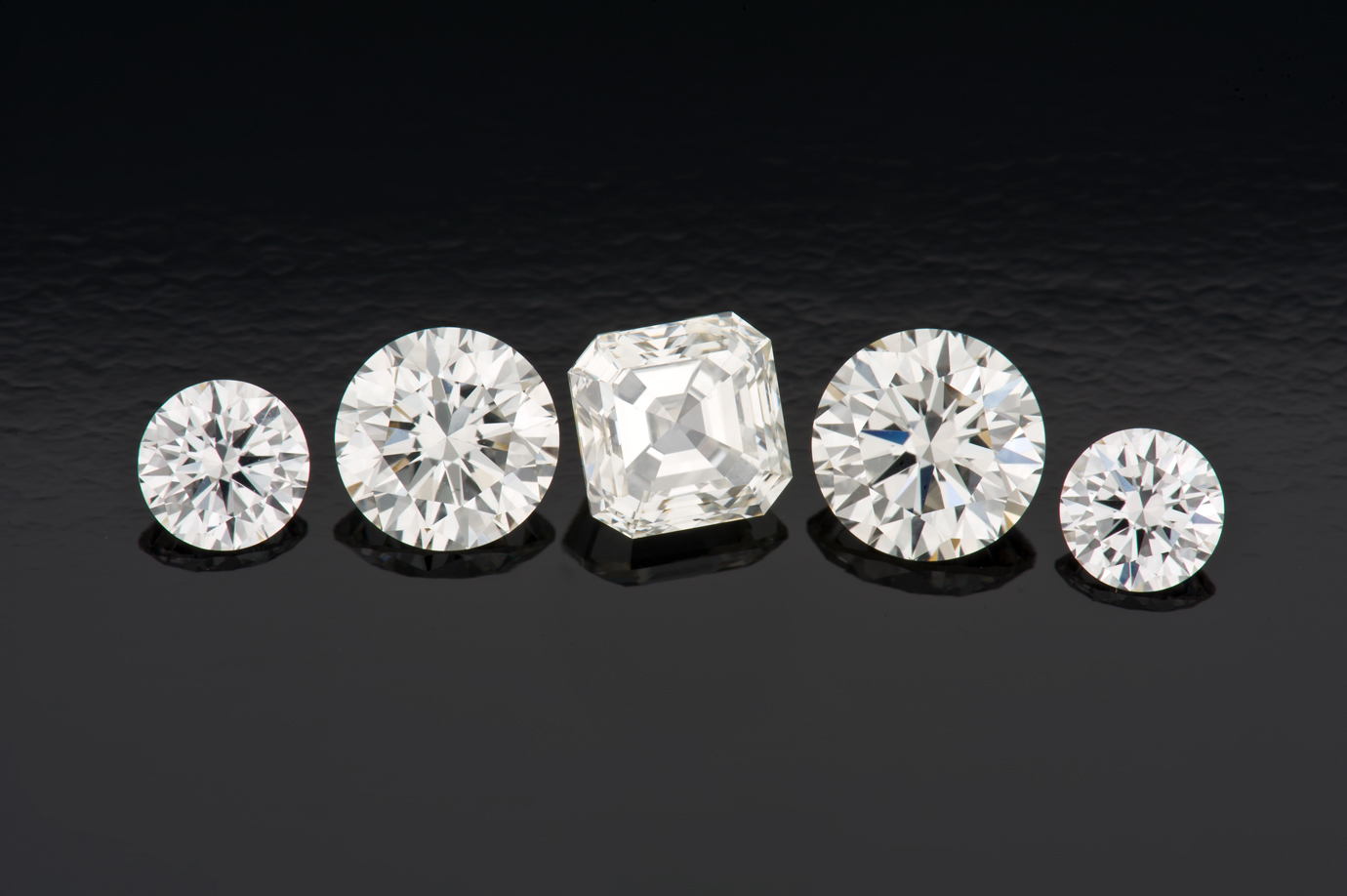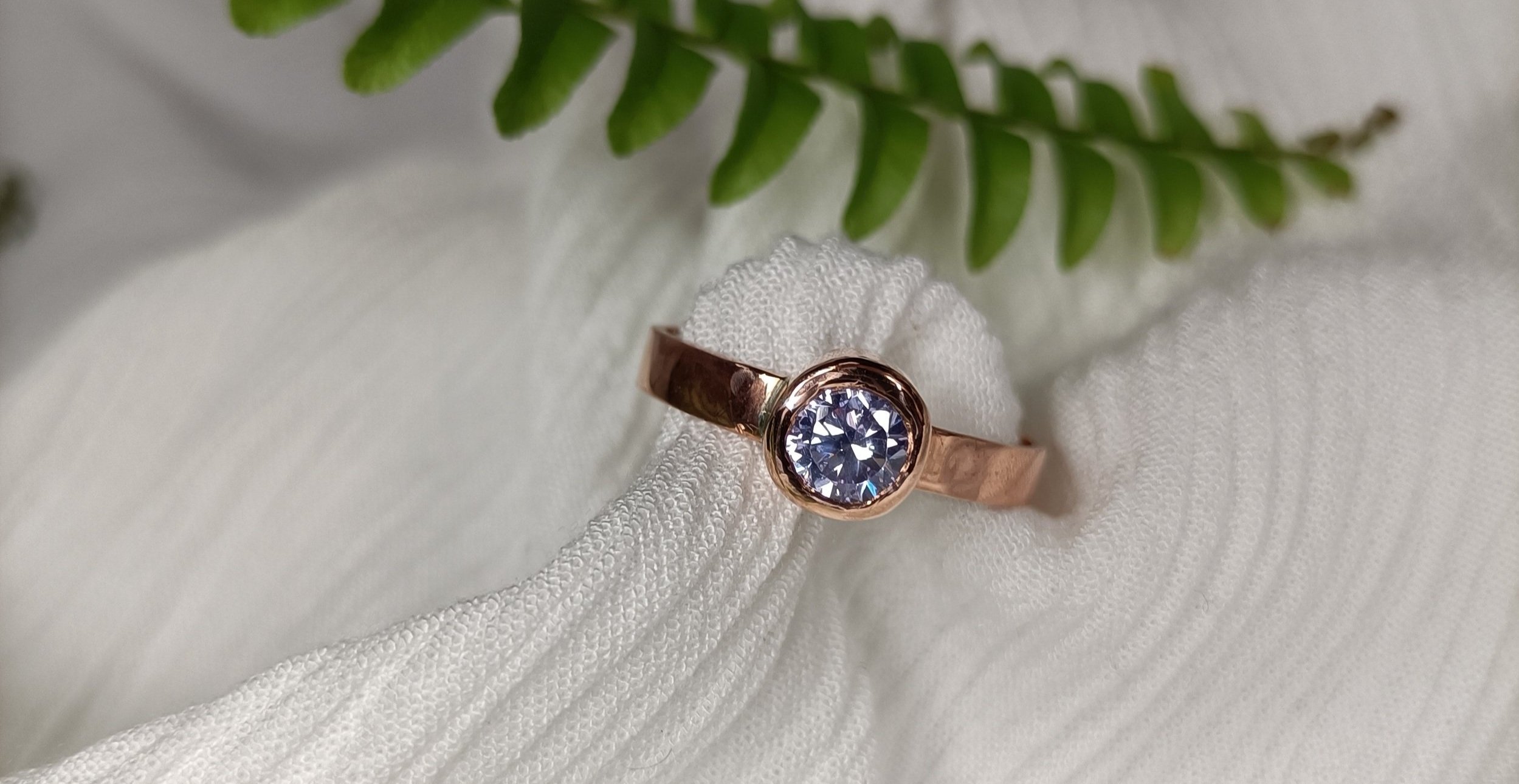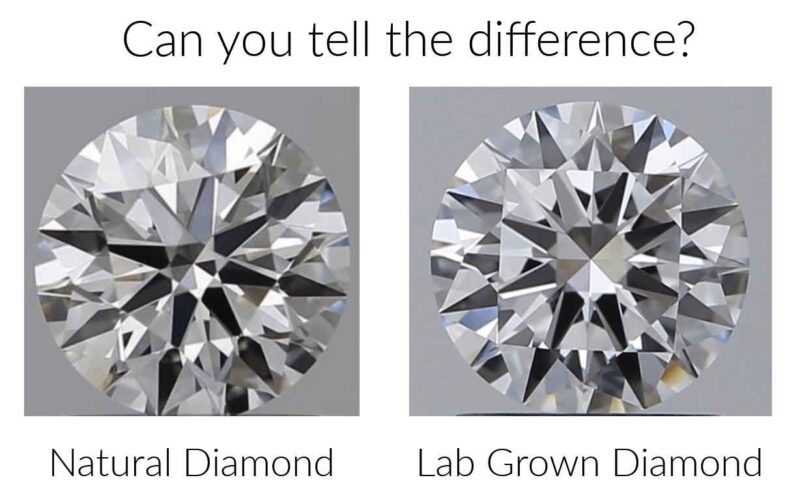Lab grown diamonds have recently become a popular alternative to natural diamonds, but what exactly is the difference between them? Natural diamonds are created over billions of years beneath the Earth’s surface, while lab-grown diamonds are ‘manufactured’ in a laboratory environment. Both types of diamond possess similar physical and chemical properties, however there exist several key differences that set them apart which will be explored further in this article.
1. Overview of Lab Grown Diamonds and Natural Diamonds
Lab Grown Diamonds and Natural Diamonds are both diamonds, but with some clear differences. Lab diamonds uk are created in a lab using advanced technology to produce exact replicas of natural diamonds. They look, feel and sparkle the same as natural stones, while offering similar chemical and optical characteristics.
They have no traceable origins or history associated with them unlike mined stones that come from deep within the earths core where they have been forming for millions of years. Lab grown diamonds also offer environmental benefits over their counterparts since they dont require any type of mining activity which can cause damage to ecosystems around the world.
In addition, these man-made gems cost up to 40% less than their naturally sourced counterparts due to lower production costs involved in creating them. However, it is important to consider that lab grown diamond prices may fluctuate depending on demand so be sure you do your research before making a purchase decision!
2. Durability, Quality & Value Comlab diamonds ukparison

Lab grown diamonds and natural diamonds may look the same, but there are some important differences that consumers should be aware of. When it comes to durability, quality and value comparison, lab grown diamonds are a more cost-effective choice than natural diamonds.
Lab-grown diamonds have an identical chemical composition as natural mined stones – they’re composed of carbon atoms arranged in the same crystalline structure – so there is no difference in hardness or brilliance between them.
They only differ in origin; lab-created gems are created artificially under controlled conditions in a laboratory while natural stones developed naturally over millions of years beneath the Earths surface. In terms of value, because lab written diamond production costs less than mining for real ones, these synthetic gems can often be sold at slightly lower prices than their mined counterparts with comparable clarity and color ratings. However when it comes to quality and durability both types offer similar length lifespans so this shouldnt necessarily affect your decision when trying to decide which type you should buy
3. Environmental Impact Differences
Lab grown diamonds have seen a surge in popularity due to their lower cost and potential for being more ethical than natural diamonds. However, there is still much to consider when it comes to their environmental impact. Natural diamonds are formed deep within the Earth’s crust over millions of years through immense pressure and heat, making them incredibly energy-intensive and difficult processes to replicate artificially.
Lab-grown diamonds require large amounts of electricity and equipment that release carbon dioxide into the atmosphere while they are produced, which can contribute significantly to global warming. On top of this, most lab-grown diamond producers use hazardous chemicals like hydrofluoric acid which can have harmful impacts on local environments if not disposed of properly.
In contrast, natural diamond extraction does not rely heavily on electricity or chemicals so it has less direct environmental impact than its lab-grown counterpart.
4. Pros & Cons of Each Option

The pros and cons of lab-grown diamonds vs. natural diamonds should be carefully weighed before making a purchase decision. Lab-grown diamonds offer many advantages, such as being more affordable than their natural counterparts, having fewer ethical considerations, and providing access to rare colors or shapes that may not exist in nature.
On the downside, some people feel that lab-grown diamonds are less valuable because they are not “real” and therefore lack the same prestige as natural stones. Additionally, it can be difficult to distinguish between lab-created and naturally mined gems without specialized testing equipment or an expert gemologists opinion. Ultimately, careful consideration should be taken for any diamond shopping experience to make sure you get what you want at a price that fits your budget.
Conclusion

The conclusion of the article explains that lab-grown diamonds and natural diamonds have some similarities, but there are also key differences. Lab-grown diamonds are typically more affordable than natural diamonds, however they lack the same characteristics regarding rarity and longevity.
Natural diamonds have been around for centuries, whereas lab-grown diamonds were only recently developed. Ultimately it is up to individual preference when deciding between a lab-grown diamond or a natural diamond – each offers its own unique benefits depending on what matters most to you.


